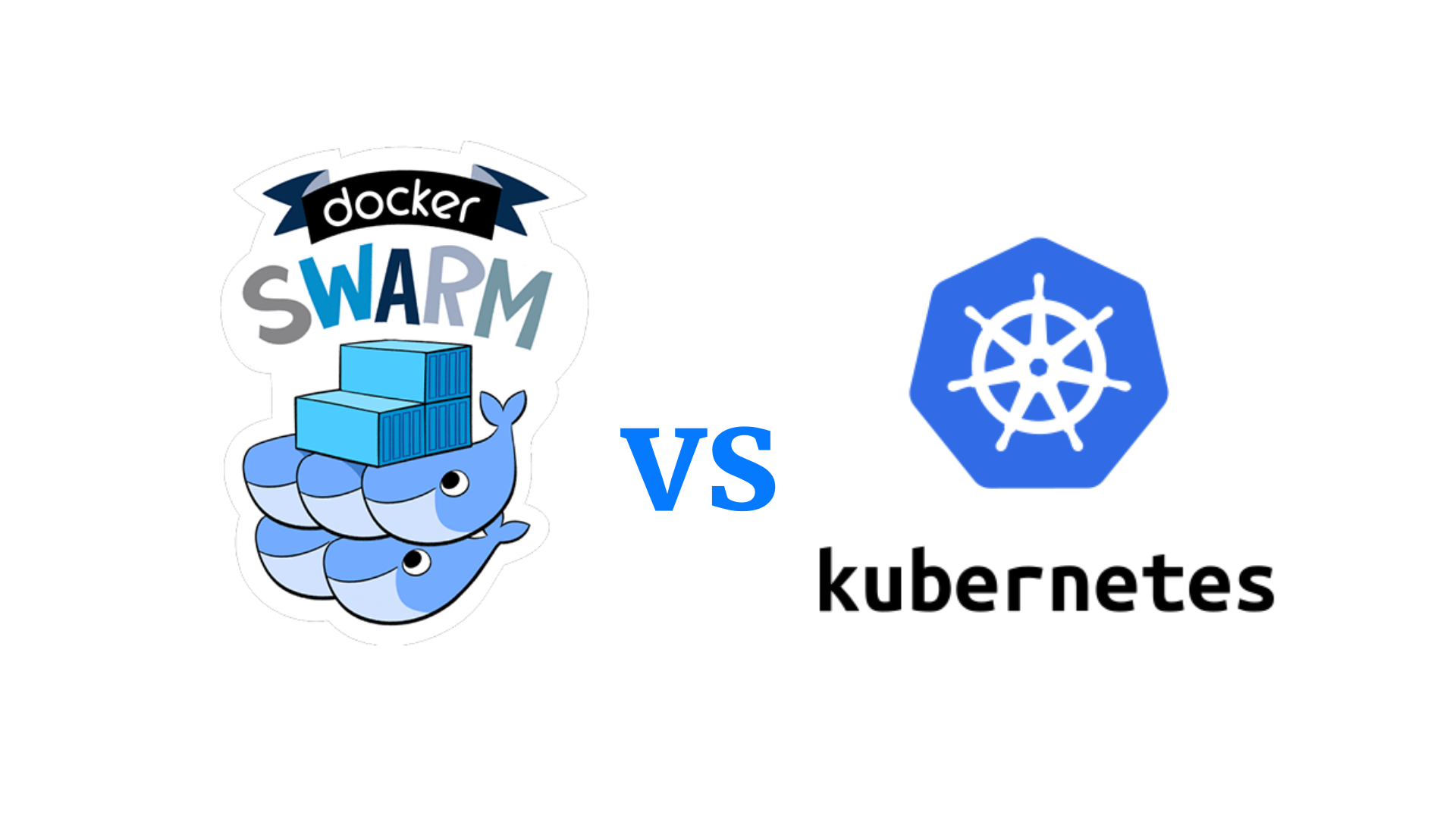Kubernetes vs. Docker Swarm: Choosing the Right Container Orchestration Tool
Explore the differences between Kubernetes and Docker Swarm to choose the right container orchestration tool. Scale with Kubernetes's robustness or opt for Docker Swarm's simplicity. Make an informed choice for seamless container management.

Confused between Kubernetes and Docker Swarm? Unveil their distinct features and use cases to find the ideal container orchestration tool.
In the world of containerization, two popular options have emerged as the go-to container orchestration tools: Kubernetes and Docker Swarm. Both tools offer powerful capabilities for managing and scaling containerized applications, but they have distinct differences that make them suitable for different use cases. In this blog post, we will explore the key differences between Kubernetes and Docker Swarm to help you choose the right container orchestration tool for your needs.
Kubernetes: The Industry Standard
Kubernetes, often referred to as "K8s," has become the de facto standard for container orchestration. Developed by Google, Kubernetes is an open-source platform that automates the deployment, scaling, and management of containerized applications. It provides a robust set of features that make it ideal for large-scale deployments in complex environments.
Key Features of Kubernetes
- Scalability: Kubernetes excels at scaling applications horizontally, meaning it can effortlessly handle high traffic and workload demands by distributing containers across multiple nodes.
- Service Discovery and Load Balancing: Kubernetes offers built-in service discovery and load balancing capabilities. It automatically assigns a unique DNS name to each service and distributes traffic evenly among replicas, ensuring high availability and reliability.
- Self-healing: One of Kubernetes' standout features is its ability to automatically restart containers that have failed or crashed. It constantly monitors the health of containers and ensures that the desired state of the application is maintained.
- Advanced Networking: Kubernetes provides a highly flexible networking model, allowing you to define custom network policies and manage communication between containers. It also supports external networking plugins for integrating with cloud providers.
- Extensibility: Kubernetes has a vast ecosystem of plugins, extensions, and APIs that allow you to customize and extend its functionality to meet your specific requirements.
Use Cases for Kubernetes
Kubernetes is an excellent choice for organizations that require a highly scalable and resilient container orchestration tool. It is well-suited for managing complex applications with multiple microservices, running large-scale distributed systems, and orchestrating containerized workloads across hybrid or multi-cloud environments.
Docker Swarm: Simplicity and Ease of Use
Docker Swarm, developed by Docker Inc., is a native container orchestration tool that is tightly integrated with the Docker ecosystem. Unlike Kubernetes, which can be complex to set up and configure, Docker Swarm focuses on simplicity and ease of use, making it an attractive option for smaller deployments and teams with limited resources.
Key Features of Docker Swarm
- Easy Setup: Docker Swarm is incredibly easy to set up and get started, as it is built into Docker Engine. You can quickly create a Swarm cluster by initializing a few nodes and joining them together.
- Simplicity: Docker Swarm follows a straightforward and intuitive approach to container orchestration. It uses a declarative YAML file format (Docker Compose) to define and manage services, making it accessible to developers with a minimal learning curve.
- Compatibility with Docker: Docker Swarm seamlessly integrates with the Docker ecosystem, allowing you to leverage existing Docker features, such as Docker CLI and Docker Compose, without any additional configuration.
- Horizontal Scaling: Similar to Kubernetes, Docker Swarm supports horizontal scaling, allowing you to scale services by adding or removing replicas based on demand.
Use Cases for Docker Swarm
Docker Swarm is an excellent choice for small to medium-sized deployments and organizations that prioritize simplicity and ease of use. It is particularly useful for development teams that are already familiar with Docker and want a lightweight container orchestration solution that doesn't require extensive setup or management.
Choosing the Right Tool for Your Needs
When deciding between Kubernetes and Docker Swarm, it's essential to consider the specific requirements of your project or organization. Here are a few key factors to consider:
- Scale: If you anticipate running a large-scale distributed system with hundreds or thousands of containers, Kubernetes is likely the better fit. It offers advanced scaling and management capabilities required for complex deployments.
- Ease of Use: If simplicity and ease of use are your primary concerns, and you have a smaller deployment or limited resources, Docker Swarm may be the better choice. Its tight integration with the Docker ecosystem makes it a natural fit for organizations already using Docker.
- Ecosystem and Community: Kubernetes boasts a vast and active community, with extensive documentation, support, and a rich ecosystem of plugins and integrations. Docker Swarm, while still popular, may have a smaller community and a more limited pool of resources.
Conclusion
In conclusion, both Kubernetes and Docker Swarm are powerful container orchestration tools that offer distinct advantages depending on your use case. If you require scalability, advanced networking, and a robust ecosystem, Kubernetes is the industry standard. On the other hand, if simplicity, ease of use, and compatibility with Docker are your priorities, Docker Swarm may be the better choice. Evaluate your needs and make an informed decision based on the specific characteristics of your project or organization.
Choose the perfect container orchestration tool for your project, before you do read my other blog on Ensuring High Availability with Kubernetes: Best Practices and Strategies
Hi! I am Safoor Safdar a Senior SRE. Read More. Don't hesitate to reach out! You can find me on Linkedin, or simply drop me an email at me@safoorsafdar.com
